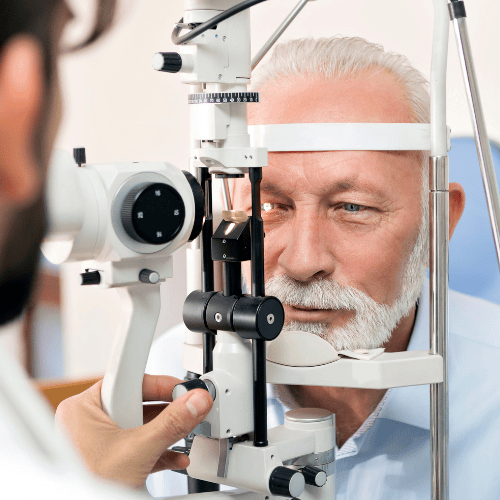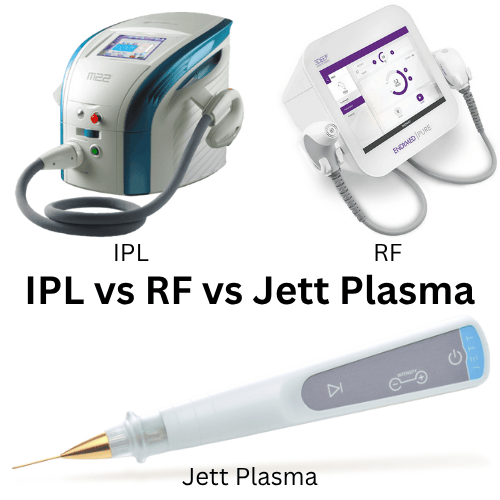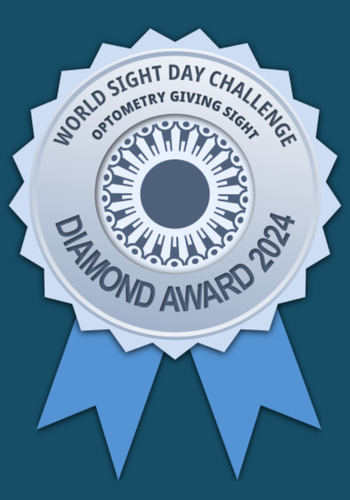THE FACTS ABOUT BLUE LIGHT
What Is BLUE Light?
Sunlight contains red, orange, yellow, green and blue light rays and many shades of each of these colours. All together, the whole spectrum of coloured light rays creates what we call “white light” or sunlight.

Light rays that have relatively long wavelengths contain less energy, and those with short wavelengths have more energy.
Blue light rays with the shortest wavelengths (and highest energy) are sometimes called blue-violet or violet light. This is why the invisible electromagnetic rays just beyond the visible light spectrum are called ultraviolet (UV) radiation. Blue light generally is defined as visible light ranging from 380 to 500 nano metres.
BLUE light is EVERYWHERE
UV rays have higher energy than visible light rays, which makes them capable of producing changes in the skin. These rays also can cause sunburned eyes — a condition called photo keratitis or snow blindness.
Sunlight is the main source of blue light. Being outdoors during daylight is where most of us get most of our exposure to it. But there are also many man-made, indoor sources of blue light, including fluorescent and LED lighting and flat-screen televisions.
Most notably, the display screens of computers, iPads, smartphones and other digital devices emit significant amounts of blue light . The amount of blue light these devices emit is only a fraction of that emitted by the sun. But due to the amount of time people spend using these devices and the proximity of these screens to the user’s face have many eye doctors and other health care professionals concerned about possible long-term effects of blue light on eye health.

The eye is not very good at blocking blue light.
Virtually all visible blue light passes through the cornea and lens and reaches the retina. Too much exposure to blue light can damage light-sensitive cells in the retina. This causes changes that resemble those of macular degeneration, which can lead to permanent vision loss.
Let’s Block the BLUE
A convenient way to reduce your blue light exposure is to use a blue light filter. A number of lens manufacturers have introduced special glare-reducing anti-reflective coatings that also block blue light from both natural sunlight and digital devices. Our Zeiss line of lenses has a special coating called ‘Blue Protect’ and our Nikon lenses have a coating called ‘See Coat Blue’.
Please come into the office and talk to one of our educated optical staff members or Optometrists to see if either of these lenses could help protect you!
- Dr. Lindsay Copeland











